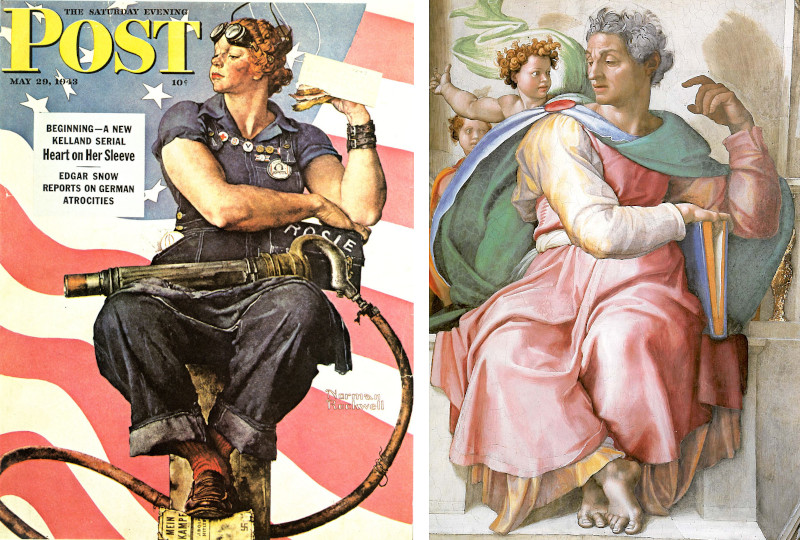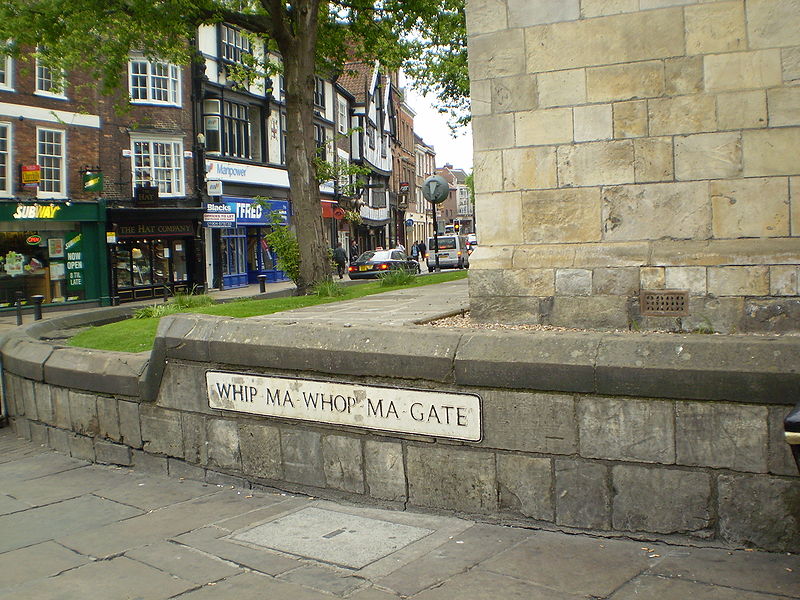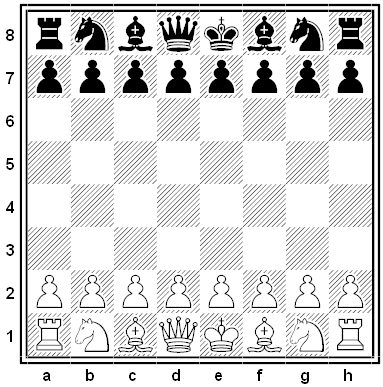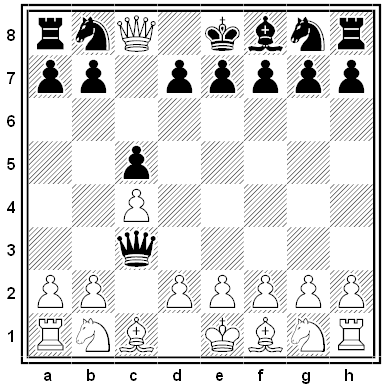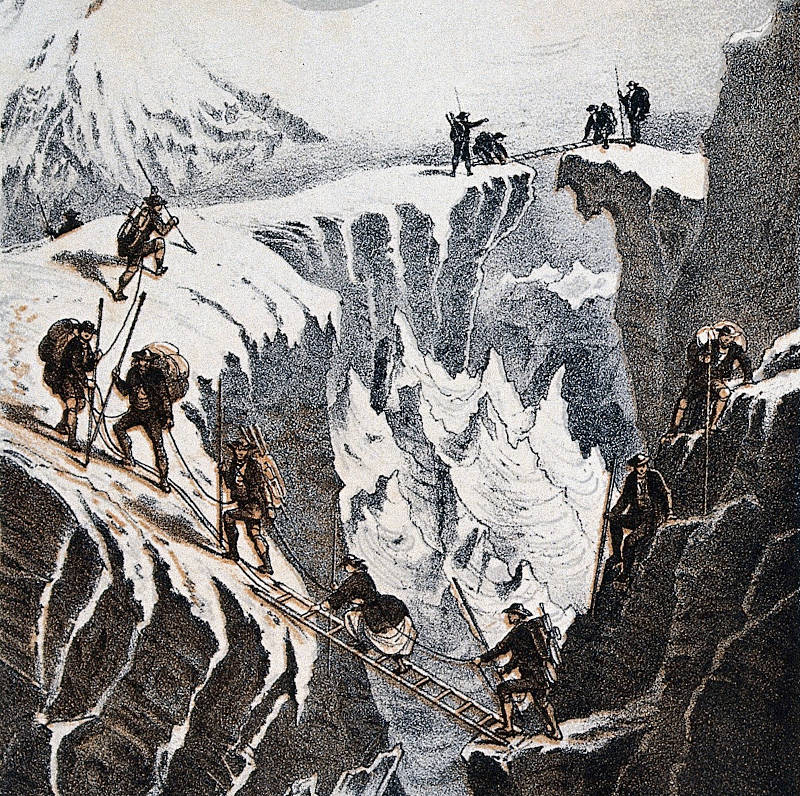In 1963, French geologist Michel Siffre descended into a glaciated cavern under the French-Italian Maritime Alps and spent more than two months without sun to “investigate time, that most inapprehensible and irreversible thing.” He could telephone scientists on the surface, who recorded the time of each call, but they never told him the time or date. From his diary:
Forty-second awakening. … I really seem to have no least idea of the passage of time. This morning, as an example, after telephoning to the surface and talking for a while, I wondered afterward how long the telephone conversation had lasted, and could not even hazard a guess. … Fifty-second awakening. … I am losing all notion of time. … When, for instance, I telephone the surface and indicate what time I think it is, thinking that only an hour has elapsed between my waking up and eating breakfast, it may well be that four or five hours have elapsed. And here is something hard to explain: the main thing, I believe, is the idea of time that I have at the very moment of telephoning. If I called an hour earlier, I would still have stated the same figure. … I am having great difficulty to recall what I have done today. It costs me a real intellectual effort to recall such things.
The outsiders could see that his waking and sleeping remained near a cycle of 24.5 hours, but Siffre’s conscious understanding of time was greatly affected. Misunderstanding the length of his day, he began to husband his rations, thinking he had weeks more to endure. At his 57th awakening, the final day of the experiment, he thought it was August 20; in fact it was September 14. “I underestimated by almost half the length of my working or waking hours; a ‘day’ that I estimated at seven hours actually lasted on the average fourteen hours and forty minutes.” NASA has pursued these inquiries to consider the implications for space travelers.
(From Jane Brox, Brilliant: The Evolution of Artificial Light, 2010.)

